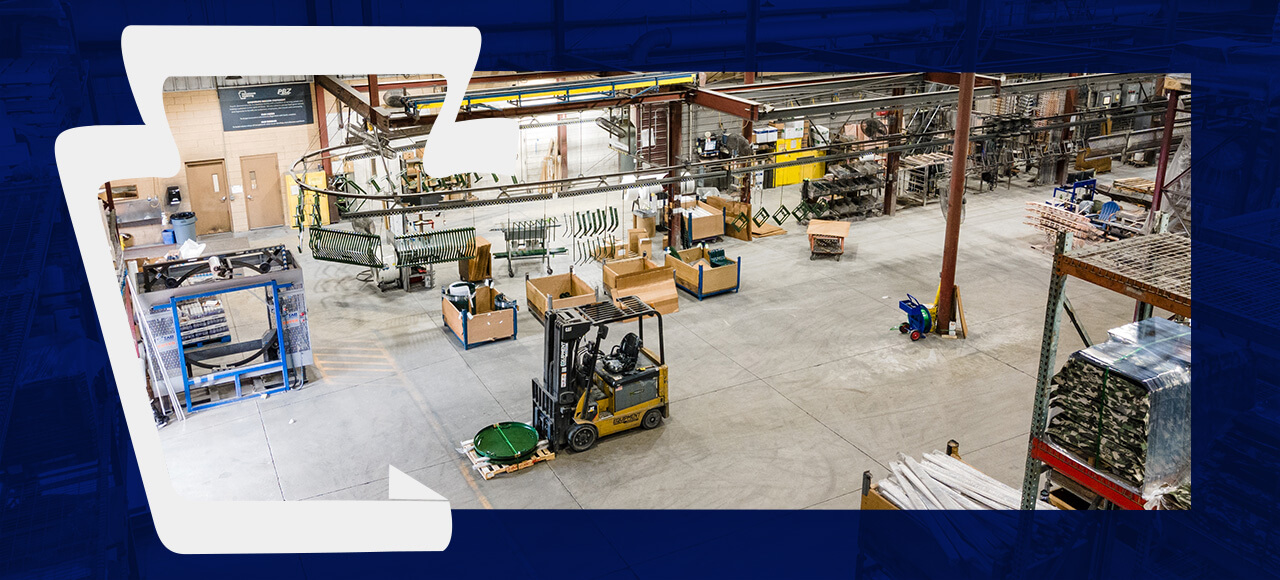
Environmental concerns are a massive part of the architectural industry. With both LEED and EPD, buildings can earn recognition for their eco-friendly practices, which provide a range of benefits for the environment and the structure itself. As common applications for buildings, powder coatings can help you achieve LEED certification and make for a greener, more efficient establishment.
What Is LEED?
LEED stands for Leadership in Energy and Environmental Design, and it’s a globally recognized certification that accounts for strategies used to lessen environmental impact. These strategies can create increased water efficiency, improved energy performance and reduced CO2 emissions. Builders can use various strategies to achieve these objectives with the ultimate goal of being more eco-conscious.
What Is an EPD?
Much like LEED certification, environmental product declarations (EPDs) are internationally recognized documents for cataloging the materials and processes used to create a product. When a substance or object uses plenty of clean resources and limits detrimental effects on the environment, it will earn an EPD.
While the LEED certification accounts for processes within a structure, materials play a factor in the determination of the building. When a complex uses more materials with EPDs, it’s more likely to perform well in the LEED certification process.
How LEED Certification Works
Using a LEED points system, accreditors determine how environmentally sound a building is. When these professionals examine your structure, they’ll separate the building into different categories and determine credits and points. Credits represent ways in which a building can improve, and points represent well-executed, eco-friendly practices. The divisions they judge include aspects like:
- Energy and atmosphere
- Materials and resources
- Water efficiency
- Innovation
If your building receives enough points, it will earn a certification. With more than 80 points, a building can earn platinum certification, making it a pillar of conservation efforts.
It’s an immediate benefit for a building to be more environmentally sound, but LEED certifications come with other benefits as well. When your structure follows good conservation practices, you’ll experience lower costs, reduced liability, higher durability and greater resale value.
How Does Powder Coating Help Achieve LEED Certification?
Powder coatings for buildings integrate well into the pursuit of a LEED certification because they meet EPD standards. Since EPDs can be a determining factor for the sustainability of a building’s materials, powder coatings are likely to earn you points.
Numerous factors contribute to the environmental friendliness of powder coatings. These coatings have no solvents and little to no volatile organic compounds (VOCs), making them safe for both the atmosphere and people. Powder coatings are effective with a single coat, meaning you’ll use less product overall and less energy for the application and curing process.
Once the application process is complete, leftover powder coating and overspray can be reclaimed, recycled and reused, making it an excellent product for conservation efforts.
Contact Keystone Koating for Powder Coating
Encouraging environmental practices in your building will benefit the planet and your operation. Get started on your building’s LEED certification by turning to Keystone Koating. If you’re interested in learning more about our products or processes, contact us online!

